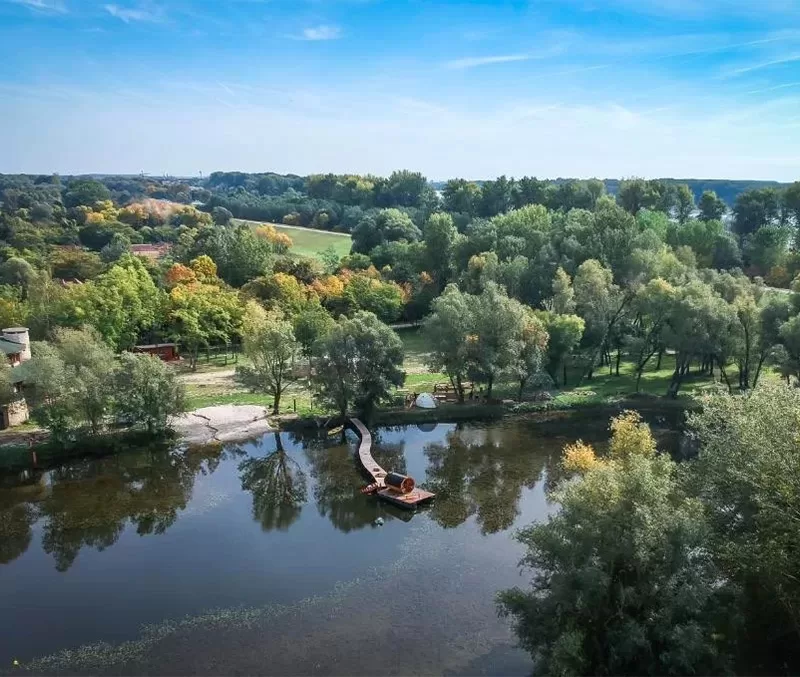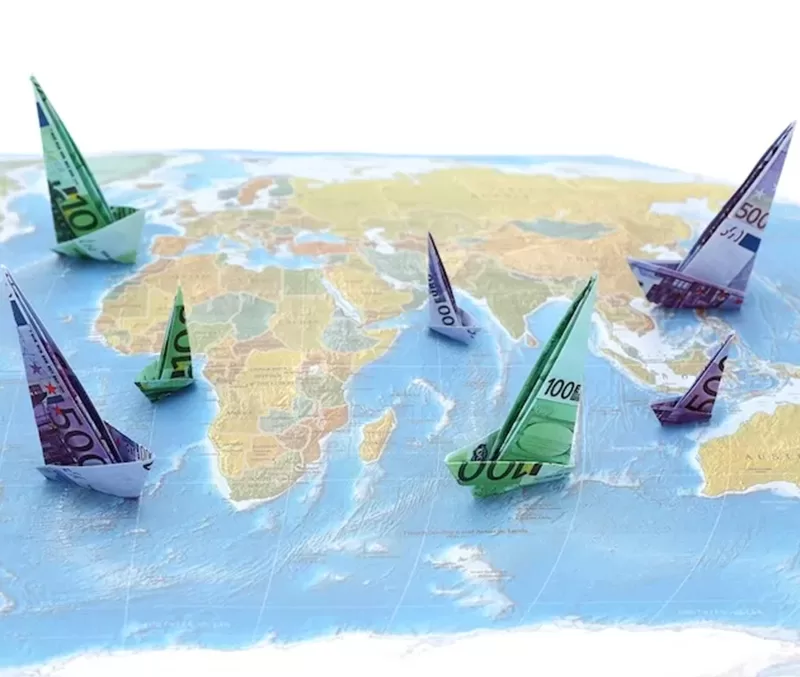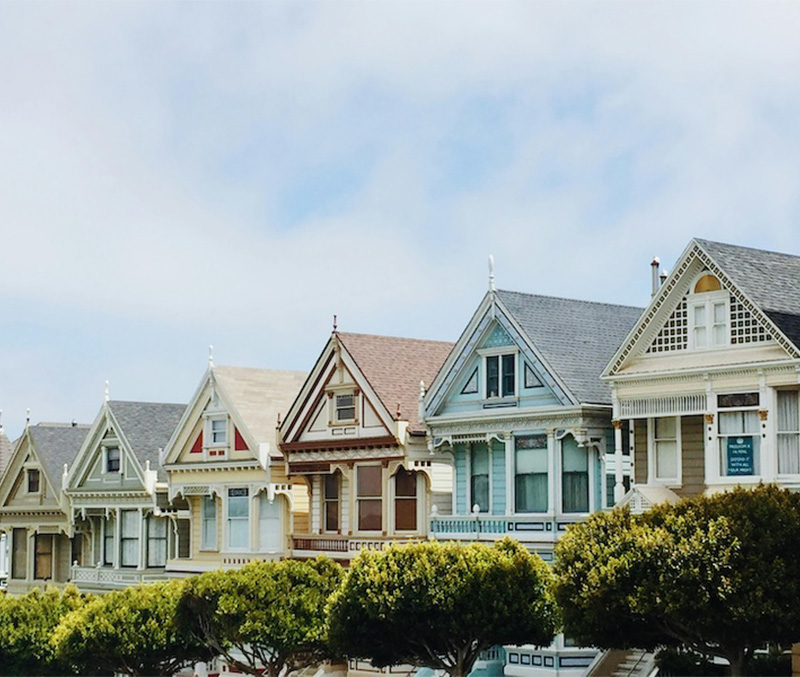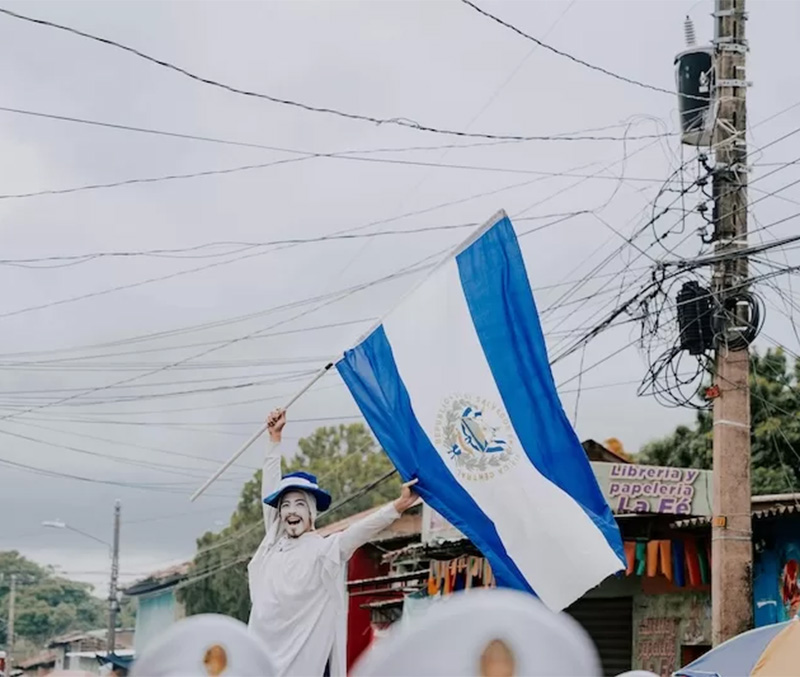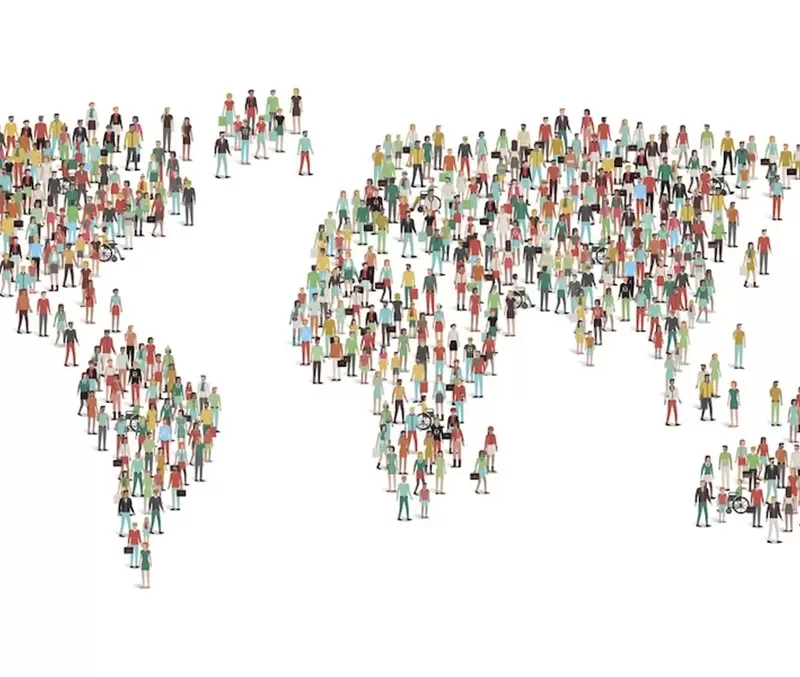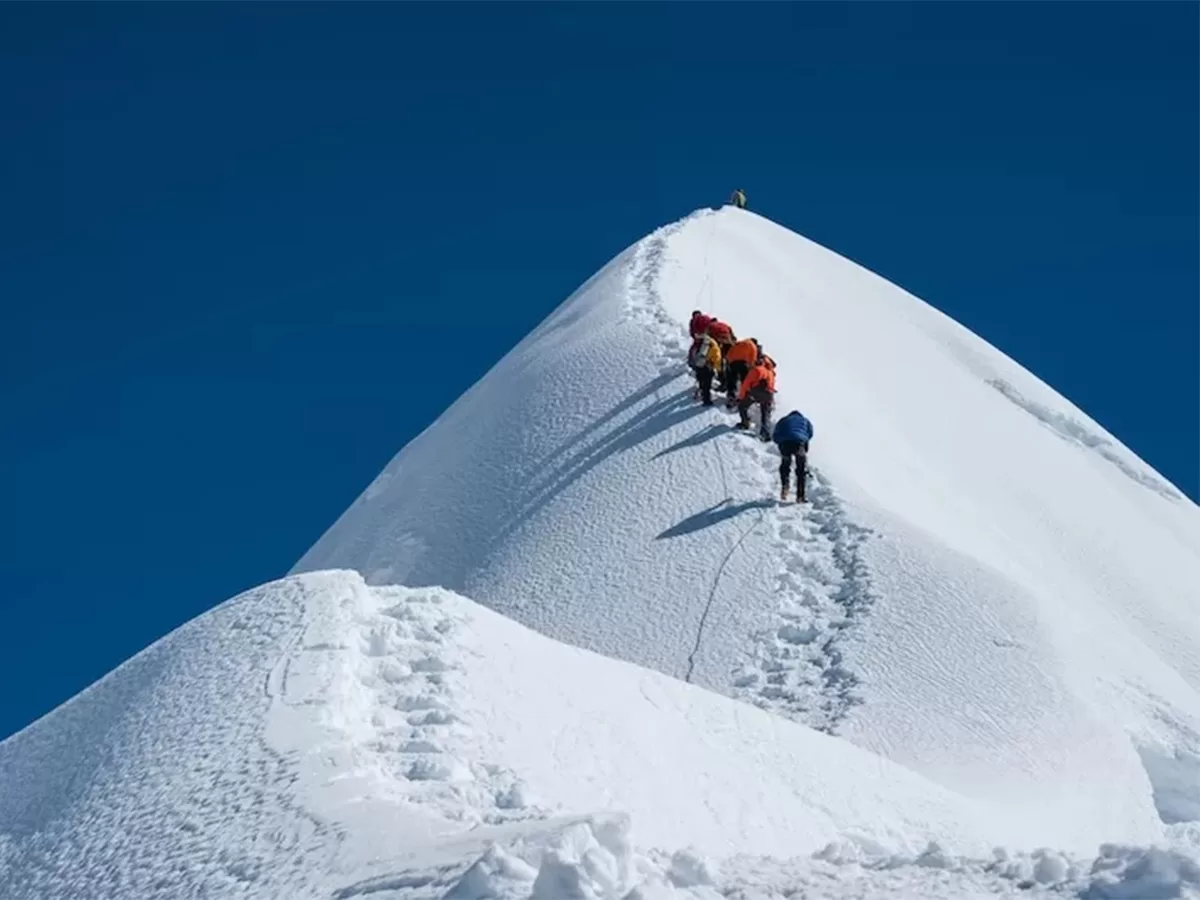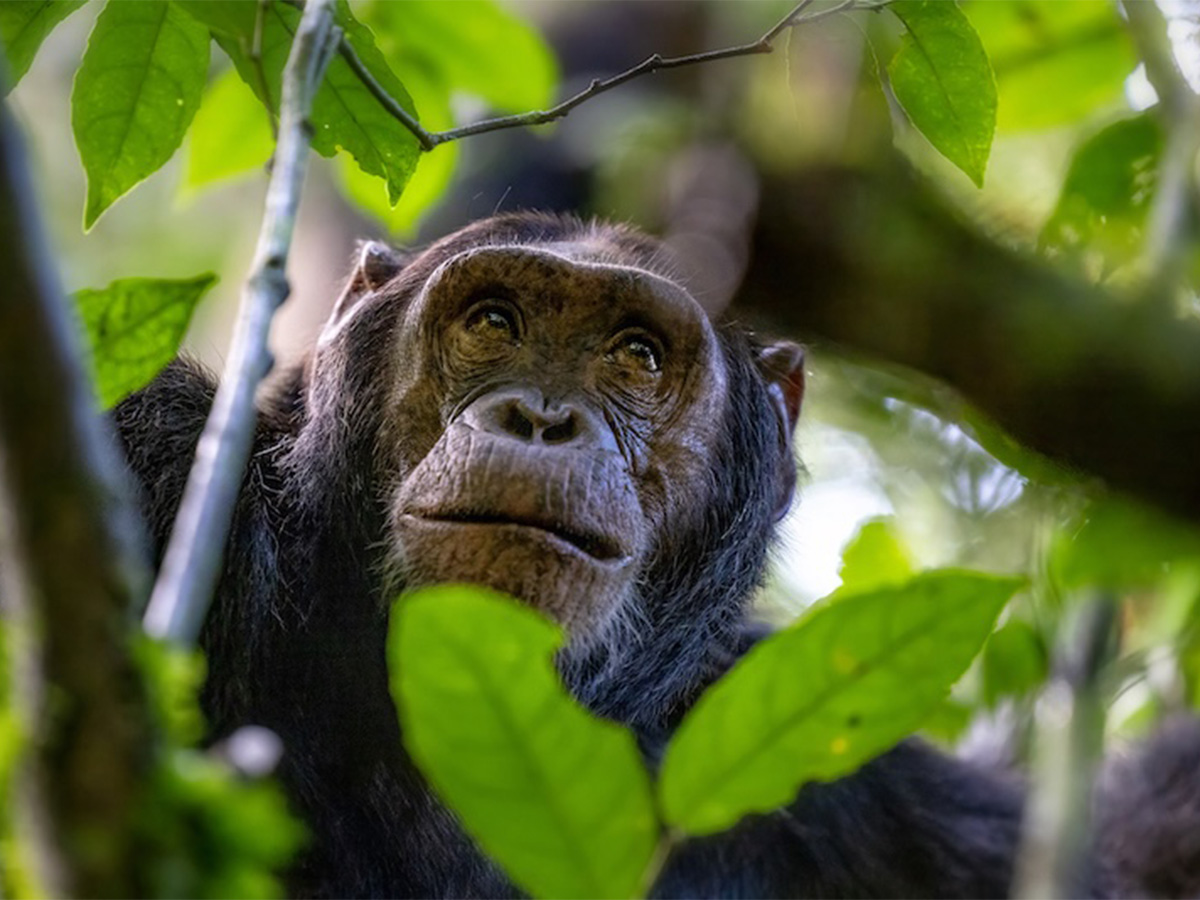The Profound Impact of Travel
Author Paige McClanahan on New Tourism, living abroad, and how travelers shape our world
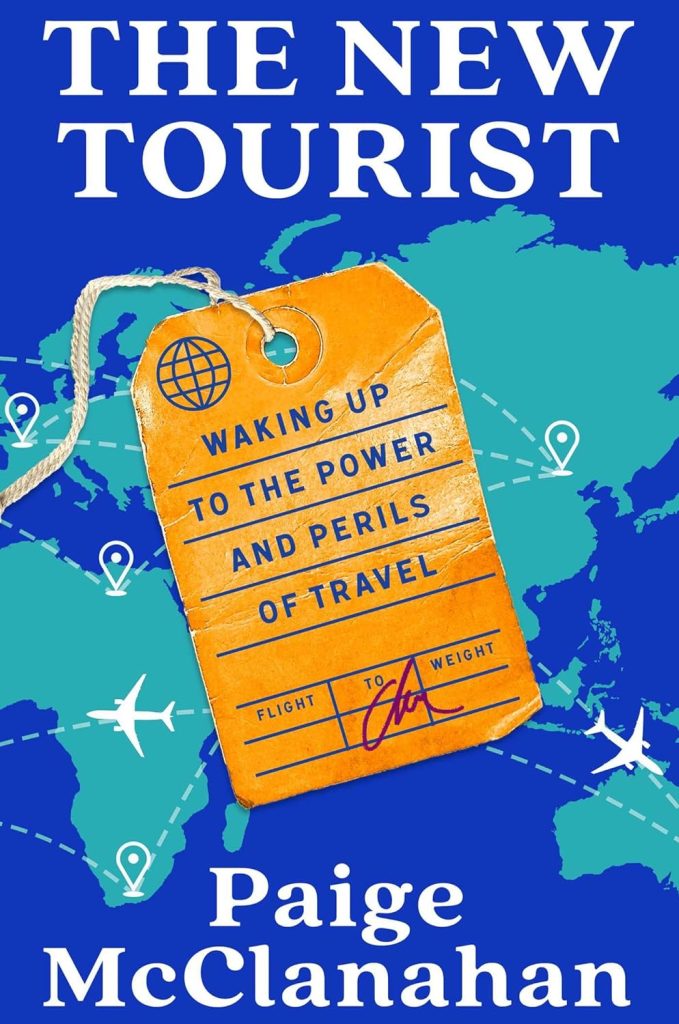
Paige McClanahan’s innate curiosity and love for travel have helped her to carve out a brilliant career as a travel writer, most recently for The New York Times. Her first book, The New Tourist: Waking Up to the Power and Perils of Travel, came out last month and has received strong reviews. From her home in Paris, she spoke with Escape Artist Publisher/Editor David Lepeska about her thinking behind the book, how she hopes tourism changes in the years ahead, and her experience of living abroad.
David Lepeska: In the book you mention that 25 million people traveled abroad in 1950. In 2019 the number was 1.5 billion. Travel grew 60-fold in just 70 years, emerging as the massive global industry it is today. Please walk us through how you started writing about the travel industry, how you began to appreciate the massive impact tourists had on the world, and what you hoped to achieve, or learn, by writing this book.
Paige McClanahan: I’d been a journalist for a while, looking at economics and political issues, with travel writing kind of a fun thing I did on the side. But in 2018, I moved with my family to a village in the French Alps that’s almost completely dependent on tourism. And I appreciated for the first time the profound impact of tourism, giving life to a rural community. I saw positive and negative impacts and when I noticed how this was playing out on a global scale I thought, wow, this is massive. But in the media I never saw tourism handled with the kind of scrutiny and respect I thought it deserved. I started pitching stories to the New York Times, taking the journalistic lens I’d had on economy and politics, and turned that to tourism. The more I looked the more fascinating these issues became, and very quickly I became frustrated by the word limits in my articles and I got the idea to write a book. This was during the pandemic lockdowns: we’re all stuck at home hoping travel would come back. And I hoped that when it did come back people would look at tourism in a new way, no longer taking it for granted. So I hoped my book might help people wake up to the power and perils of travel, as I say in the subtitle.
DL: You write that many people choose to view travelers as explorer types seeking out authentic experiences, while tourists are philistines content with cliched mass-market experiences. Yet the only real difference is that we tend to use the word “traveler” to describe ourselves and “tourist” to describe everyone else. I loved that, mainly because I’m totally guilty as charged. Please talk a bit about that and how it led you to this distinction between old tourist and new tourist.
Nobody really likes to think of themselves as a tourist. It’s a word that carries negative associations. Part of my writing the book was to shake loose
of that stigma because I don’t think it’s helpful.
PM: Nobody really likes to think of themselves as a tourist. It’s a word that carries negative associations. Part of my writing the book was to shake loose of that stigma because I don’t think it’s helpful. If we think of tourism as something only other people do, then we’ll never feel implicated in the positive or perhaps more importantly the negative impacts. If we own our role as tourists and elevate our understanding, then we’re equipped with the mindset we need to work to make tourism a better force for humanity and our planet. So the first step is owning those problems and our own personal contributions.
DL: In the book you highlight the corrosive impact mass tourism has had on Barcelona’s old town, driving up prices and driving out residents, souring local dining and culture. Please talk a bit about that, and who’s to blame for a place becoming overtouristed—is it the travelers, the locals, the government?
PM: The answer is yes, It’s everyone. We’re all guilty. In the case of Barcelona, the problems really started with the local government pushing tourism hard starting in the run-up to the 1992 Olympics. They continued to push this marketing all the way through 2015 with the election of Ada Colau. She dramatically shifted the city government’s approach to tourism. But I think Barcelona made its bed and now it’s kind of lying in it. In that case, the buck really stops with the local government. But also tourist operators have a role to play, and we as tourists as well.

One of the hallmarks of the New Tourist is someone who takes the time to get to know a place before they go there, before they even choose their destination. It’s someone who realizes their presence will have an impact on the place and they choose their destination, and when and how they travel, to maximize the positive impacts and minimize the negative. For Barcelona, maybe you think about going elsewhere in Spain. There are so many other places that are desperate for visitors.
DL: Does that mean New Tourists shouldn’t visit cities like Barcelona, Venice, Amsterdam?
PM: I wouldn’t say that. I did a program for Canadian radio last week and I was joined by the deputy mayor of Venice and he was saying, “Listen, we want tourists to come to Venice. Come out of season. Don’t come in August. Come spend the night.” So you can take that and instead of going for six hours in the middle of the day in August, I’m going to go for three nights in late September or early May. If you do that, you support the city in a way that means something.

DL: You examine the concept of tourist trap in the book and I think maybe I don’t even know what the term means. You say the Taj Mahal is a tourist trap, but I think it’s the world’s most beautiful building. You also say Amsterdam’s Red Light District is a tourist trap. In some ways, maybe, but it’s more than five centuries old— a major historical, cultural artifact. Please explain how you see the term tourist trap and why it’s useful.
PM: Tourist Trap was my original idea for the title of this book. But then we thought that might put people off. But yeah I’m fascinated by the concept. I started by looking at the dictionary definition, which it describes as an overcrowded, overpriced area that’s frequented by tourists.
I added some nuance to the definition, in that you’re not really in the normal world at a tourist trap. You’re seeking out a streamlined version of reality, a reality crafted for tourist consumption. That’s my understanding. So take Amsterdam’s Red Light District. Is it a fascinating historic European center? Absolutely. Do I recommend people go there? Absolutely. Do I think it’s wrong to go to a tourist trap? Not at all. I think it’s incumbent upon us as people who are aspiring to be New Tourists to be aware of our choices and not look down our noses at anything.
The only real problem with tourist traps is when they butt up against or trespass upon the everyday lives of the residents in that place. So if you have this tourist fantasy overlaying everyday life, that’s when you get problems like loud noise at night and people vomiting on your doorstep if you live in Amsterdam’s Red Light District.

A young couple taking a selfie, in the area of The Dragon Staircase, near the entrance to the Parc Guell of Barcelona
DL: In the book you mention a survey that found 86% of travelers choose their next destination based on social media content, and that Gen Z considers expected social media attention as the most important factor in making their travel choice. This seems troubling, that younger travelers are basing destination choices on the superficial—how it looks on “the gram.” Are we all becoming Stepford travelers, motivated by the viral social media post rather than seeking our own travel path?
PM: I think this trend of choosing a place just based on what you see on social media is worrying to a certain extent. Maybe you could take your inspiration from Instagram and you take some time afterward to do some research about it, reading about it, ask your friends about it, and then you make your choice. OK, that’s fine, just make sure your inspiration doesn’t start and end with the social media post.
The bigger issue of traveling with Instagram is it really pulls us into our devices. We’re experiencing a place mainly through a screen, and not through our hearts and minds. Just today I had a call with a tour operator who runs small group trips and she said she was so worried about this that what she’s started doing on her trips is hire a photographer to come on the trip and tell people to put their phones away the photographer will document everything we do, so you just be here and be in the moment and you’ll get the photographs in the end. And I thought what a wonderful idea. That’s a way to get back to experiencing a place—and really experiencing it—rather than worrying if I got the right shot for Instagram.
DL: Researching for this interview, I found a whole movement springing up around the idea of travel for good and positive impact tourism. We’ve seen anti-tourism protests, an emerging concept of tourism degrowth, and Copenhagen has begun rewarding travelers who embrace its green initiatives. Since writing the book, what have you seen in terms of an emerging new tourism, more cause for hope or concern?
PM: Both, I’d say. But you’re right there is really a shift, and I date it back to the pandemic. Surveys show that people traveling now are more willing than ever to seek out sustainable options. They’re more willing to pay more to be able to contribute to the local community. They’re just more aware of their impact, and I think it’s a wonderful development, and I hope my book might connect with these kinds of people.
The other trend I see is that the places welcoming tourists are waking up to the fact they need to be on the ball with their policies, regulations, and taxes, as well as positive incentives. This Copenhagen example is a really good one. There’s also Venice, Bali, Hawaii—places like these are really looking for innovative solutions more than ever.

DL: In the chapter on travel guidebooks you briefly mention that back in the 60s and 70s the Fodor’s travel guides used CIA agents as contributors. I found this fascinating, particularly since I’ve written for Rough Guides and I’ve also been accused, by American and foreign friends, of being a CIA agent. Could you tell us a bit more about that?
PM: Yeah, Fodor’s started out as a travel guide focused on Europe and expanded beyond the Iron Curtain. The CIA I guess saw this as a useful way to get eyes on the ground in eastern Europe, getting a sense of things. Eugene Fodor said he was happy to take on CIA analysts, but that he wanted real writing from them. So they were actually contributing. As they gathered covert intel they were also gathering overt info on restaurant opening times and hotel costs.
DL: You’ve been living abroad since 2008. Can you tell us where, and if any one place leaps out as the most challenging or surprising?
PM: I started in Switzerland, then I went to Sierra Leone in West Africa. Then I was in England, then Kenya, and I’ve been in France since 2018. I was in a village in the French Alps for five years, and last year moved to Paris, just as I was finishing the manuscript. I hope to settle down now, my kids are 8 and 10, and be here for a while.
The place that I would say was the most challenging on a day-to-day level, was Sierra Leone. But it’s a fascinating, fascinating place and I’m so grateful I had the chance to live there, from 2010 to 2012. About a decade after the end of their civil war and a few years before the Ebola outbreak hit the country, it was a moment of real optimism. I got my first real travel writing gig there – updating the Bradt guide to Sierra Leone, which had me going to every corner of the country.
DL: What’s your secret to living abroad long-term? Buying a home, connecting to locals, returning home regularly?
PM: That’s a great question. I’d say that in moving around a lot, one challenge is maintaining friendships. I have a couple of really solid friendships, one with my very best friend from childhood, since age 6. We talk on the phone every couple of weeks, we visit each other as often as we can, and that friendship has really been a stable, grounding force for me amid all of my moves and social upheavals. Yeah, without my friend Meredith I would feel so at sea.
So I’d say find one or two friendships and really do your best to nurture them, even if you’re on opposite sides of the world. Because as you get older the longer-term friendships really pay off in terms of the value those friendships bring into your life. So invest in friendships that will last through the long-term, no matter which continent you’re on.
David Lepeska








